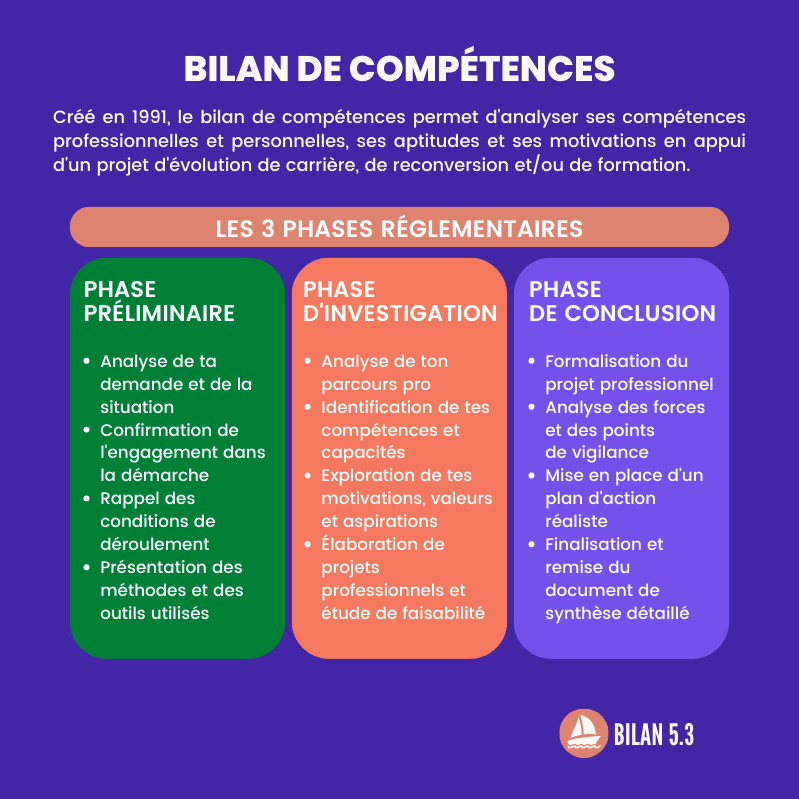
With the arrival of the R5 in the fall of 2024, the future of the Renault Clio depended very much on the rise of the electric vehicle market. For the past few weeks, the Diamond manufacturer has been developing the sixth generation of the Clio, which will be released in 2026.
What will become of the Renault Clio? This is the question that all observers asked themselves when Luca de Meo confirmed in January 2021 the revival of the R5 for 2024. Internally, the decision to replace, or not, the brand’s bestseller was turned into a headache for decision makers. Four years from his replacement, the latter had to decide : the diamond firm will market a Clio 6 in 2026. The argus explains why.
Too fast an energy transition
This sentence is not from Luca de Meo but from Carlos Tavares. Nevertheless, the Italian boss thinks no less. While many were announcing the market shift to electric from 2025, it is clear that the democratization of battery-powered vehicles will take longer than expected despite the forced march imposed by Europe. In addition to the brake on charging stations, which are insufficient in number, manufacturers must face a surge in the price of raw materials as well as rare earths which make up batteries and electric motors. Without forgetting that the semiconductor crisis is still relevant and that a shortage of batteries is announced from 2023.

In short, the promise of an electric vehicle at the price of a thermal one is untenable in this context. It is to this conclusion that the leaders of Renault have come and they have estimated that the sales of the R5 will not be equivalent to those of the Clio. And for good reason, long before the soaring costs linked to the Russian-Ukrainian conflict, the starting price of the Renault 5 was set between 22 and 24,000 € according to Luciano Biondo, head of the Electricity division in the North of France. This is already more than the €20,000 promised at the start of 2021 by Luca de Meo.
Peugeot-Renault: same fight!

The diamond brand is not the only one to have knots in the brain about the future of its city car. Peugeot has also long wondered about the future 208 (P31 project in 2026). Result of the races, it will only be electric but the current model (launched in 2019 and restyled in 2023) will continue its career with the 1.2 PureTech engine which will meet the next Euro 7 pollution standard (2026-2027). The first will be produced in Zaragoza in Spain and the second in Kenitra in Morocco.
Clio 6: the current version reworked
The timing will be identical at Renault. The Clio 5 will go through the restyling box in the summer of 2023 with a big change in the front part and the addition of the new 1.2 TCe engine which will have several powers depending on the vehicle (90, 100, 110 and 130 hp). In manufacturers’ jargon, the 6e opus of the Clio will be a “reskin” of the Clio 5. Understand that the platform and the structure will be identical but the outer skin of the bodywork will be redesigned and the cabin brought up to date.

Under the hood, the range will focus on the 1.2 mild-hybrid 48V petrol engine and a full-hybrid version. The diamond-shaped city car will benefit from the new 1.8 E-Tech which will carry a new electric axial flow machine developed by the French start-up Whylot. The result is a more compact, less expensive and more efficient electric motor. Between the desires of European politicians to lower CO2 and the priorities of consumers whose budgets are overheating, the gap is inexorably widening. Consequently, manufacturers have become masters in the art of the splits.















